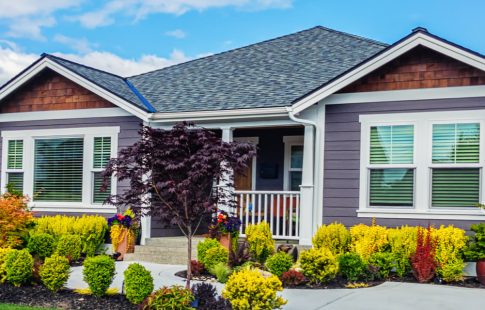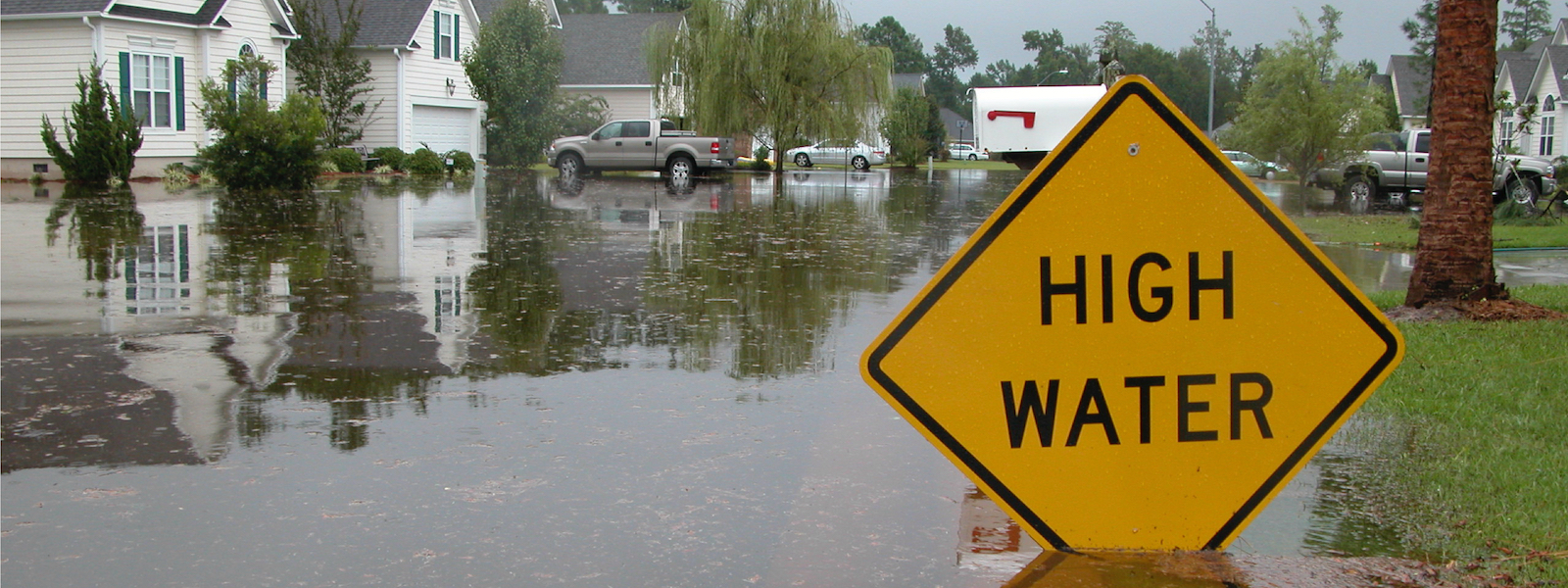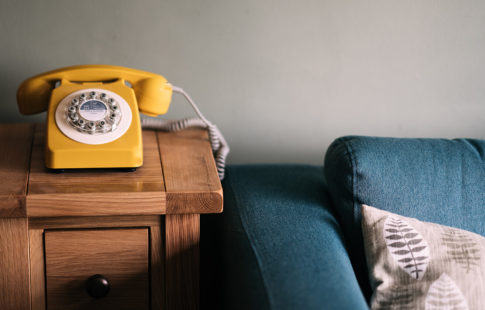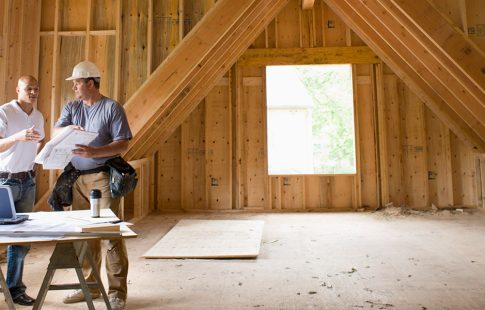Estimated reading time: 3 minutes
Did you know flooding is the most common natural disaster? Experts warn that floods can happen almost anywhere, and they occur in every U.S. state and territory. Even so, most homeowners don’t have flood insurance. This can be a pricey choice—an inch of flood water can cost over $25,000 to repair, according to Floodsmart.gov. Here’s more information about flood insurance and how it works.
Note: The following information is subject to change. Please check with your insurer for details on your insurance policies and needs.
What is flood insurance?
- Flood insurance covers damage from flooding versus damage from other sources, like a leaky washing machine. It is typically a separate policy from standard homeowners insurance.
- To get flood insurance, you can work with your insurance agent to purchase it through a federally regulated program known as the National Flood Insurance Program (NFIP) or through a private insurer. Most homeowners are insured through the NFIP, which is run by the Federal Emergency Management Agency (FEMA).
- Flood insurance costs vary based on a number of factors. Generally, the more severe the flood risk in your area, the higher your insurance rate may be. Additional factors the NFIP considers include a home’s elevation, age, and where its structure is located.
- Lenders typically require flood insurance, especially if you are purchasing a house in a severe flood zone. If this is the case, your lender will likely require you to purchase flood insurance as a condition of your loan.
- Flood insurance isn’t just for coastal areas. Floods can be caused by a variety of factors including heavy rains, snow melt, and dam or levee breaks.
What does flood insurance cover?
Below are a few things typically protected by flood insurance under the NFIP according to Consumer Reports:
Key systems in your house: Everything from electrical and plumbing systems, to furnaces, central air conditioners, heat pumps, and more.
Appliances: Items includingrefrigerators, stoves, washing machines, dryers, and dishwashers are all typically covered.
Carpeting and window covering: “Permanently installed carpeting over an unfinished floor” should be covered. Any carpets over wood floors, as well as curtains and blinds, should also be covered.
Foundation walls, anchorage systems, and staircases: Consumer Reports notes there is an exception if “‘earth movement’” causes the loss—even movement caused by a flood.
Personal property: Including clothes, furnishings, and electronics, as long as they’re not kept in a basement.
What isn’t covered by flood insurance?
Some items NFIP policies don’t cover include:
- Personal property that’s kept in a basement;
- Sewer backups that aren’t directly caused by a flood;
- Cars and most self-powered vehicles;
- Property that isn’t inside an insured building, including swimming pools, septic systems, decks, fences, and seawalls; and
- Certificates of stock, money, and precious metals.
Check with your insurer and NFIP to confirm what your flood insurance policy will and won’t cover. Reconfirm this information whenever it’s time for your policy to renew, too.
Do I need flood insurance?
Homeowners should seriously consider purchasing flood insurance, given the widespread risk of floods and the damage they can do. Policies vary, so be sure to understand your options and how your home will be protected from a natural disaster. Contact your insurance agent for more information.
And, for more information on preparing for or responding to a flood, visit:







